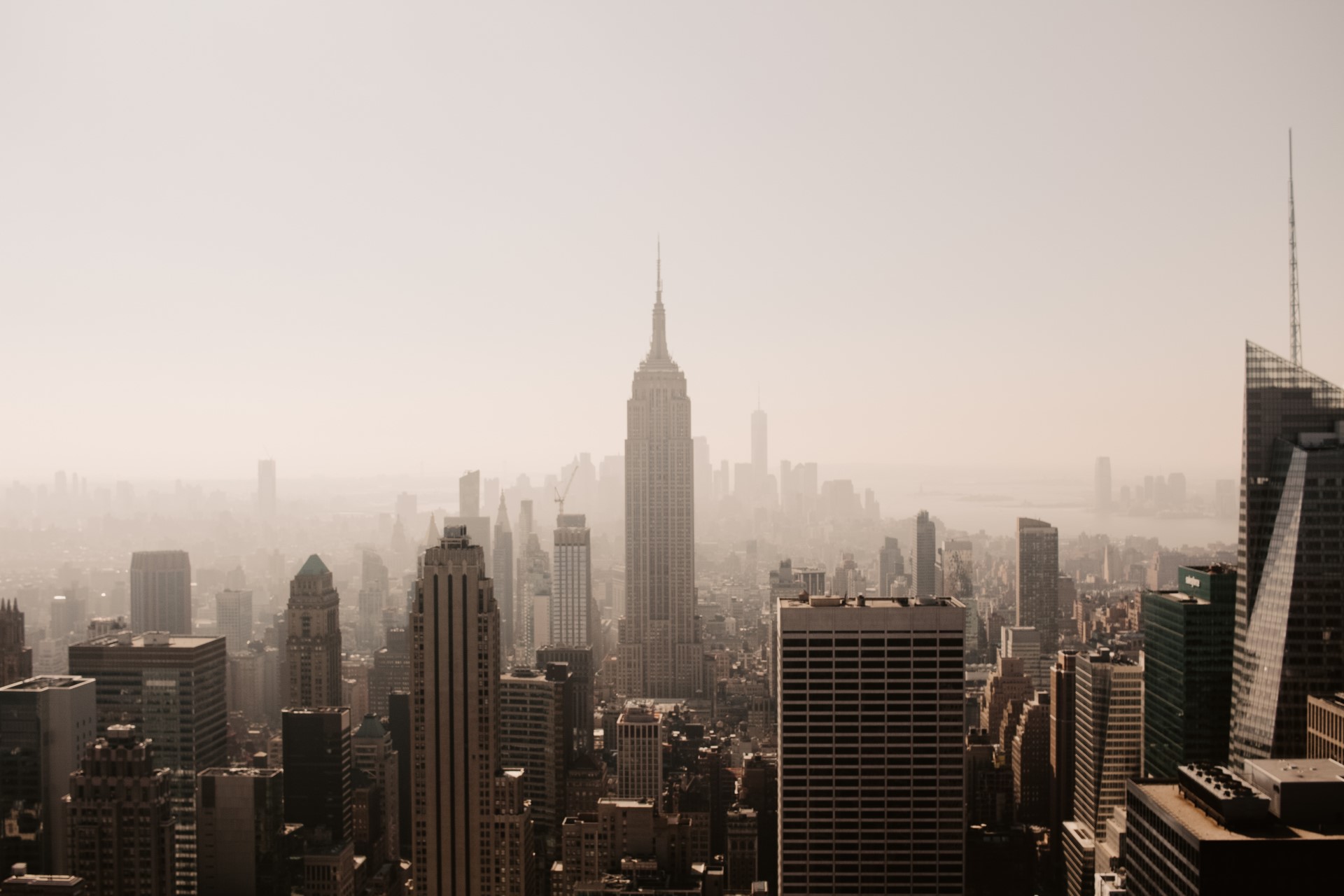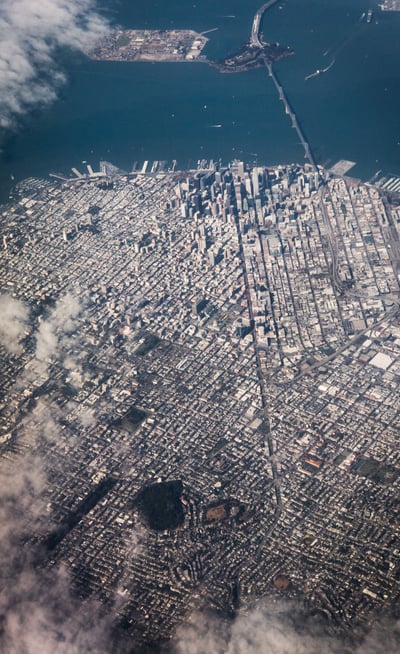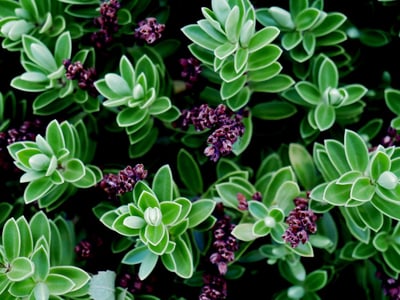
The urban heat island effect is wreaking havoc on the atmosphere, damaging human health, harming ecology and more. It’s time we do something about it.
Life on Earth exists in a delicate balance with its surroundings.
Think about it: You like being dry, but not too dry. You want to be fed, but not too full. You like being warm, but not hot. That’s because humans evolved in specific environments that conditioned us to these preferential ranges.
The same is true for non-human organisms, including microbiota, plants and animals. It’s even true for the Earth as a whole. It’s just not happy when things get too hot.
Witness: climate change. (Yes, nonbelievers, it’s really a thing. NASA says so.)
One of the biggest contributors to global warming is the urban heat island effect, and it’s time we started fighting it today.
Luckily, we’ve got an array of awesome strategies (such as green roofs!) to help reduce the high temperaturs that radiate off city infrastructure. Let’s talk problems and solutions today.
Sorry … What the Hell Is a Heat Island Again?

Despite the incontrovertible evidence that heat islands exist and have measurable impacts on the environment, many city-dwellers still aren’t aware of them. If that’s you, don’t fret.
According to National Geographic, “a built-up area with temperatures that are higher than the rural areas surrounding it. According to the Environmental Protection Agency, the annual air temperature of a city with 1 million people can be 1.8–5.4 degrees Fahrenheit (1–3 degrees Celsius) warmer than its surroundings.”
It’s even higher in the evening, the EPA points out: as much as high as 22°F (12°C). What’s the mechanism behind it?
Here’s what happens. Light and heat from the sun enter Earth’s atmosphere and travel to ground level. Natural surfaces – greenery, soil, water – stay cool by reflecting sunlight and cooling through evapotranspiration.
On the other hand, impermeable urban surfaces – asphalt, concrete, cement, brick – absorb much more of that radiation. That creates a substantial heat differential between city and rural areas.
 Why Is Increased Urban Heat a Bad Thing?
Why Is Increased Urban Heat a Bad Thing?
Okay, so things are a bit warmer. Why exactly does that matter?
Well, as it turns out, a whole lot of reasons.
Heating cities translates to much poorer human health outcomes, for one thing:
“Increased daytime temperatures, reduced nighttime cooling, and higher air pollution levels associated with urban heat islands can affect human health by contributing to general discomfort, respiratory difficulties, heat cramps and exhaustion, non-fatal heat stroke, and heat-related mortality.”
It also has disastrous effects when combined with a lack of stormwater management planning, which decreases stormwater retention and detention and creates runoff in streets and sewers. This is bad already, because it picks up disease and pollution and funnels them to natural waterways and into the environment.
Unfortunately, hot surfaces release significantly more chemicals and pollutants, increasing the effects of stormwater runoff.
The urban heat island effect also increases energy demands, both during the day and night. This in turn means more fossil fuel consumption and a greater load on the grid. That means more pollutants from power plants, including sulfur dioxide, nitrogen oxides, particulate matter, carbon monoxide and mercury.
How Can We Fight It?

Luckily, we are constantly expanding the available tactics for fighting the urban heat island effect.
Among the most promising strategies are green roofs. These not only absorb stormwater, they absorb heat as well, mimicking nature’s cooling strategies. Low-growing extensive green roofs sequester water and release it slowly (evapotranspiration), while more species-diverse intensive green roofs can provide shade and greater cooling benefits.
Plus, the best green roofs have aesthetics on their side. Just sayin’.
Other strategies include:
- Planting trees
- Implementing cool roofs and cool sidewalks, which reflect sunlight away
- Smart growth strategies, which prioritize healthy urbanization strategies that minimize environmental damage
If you’re curious about green roof design, stormwater management or other environmentally conscious systems, we invite you to get in touch with us here at Ecogardens today.

